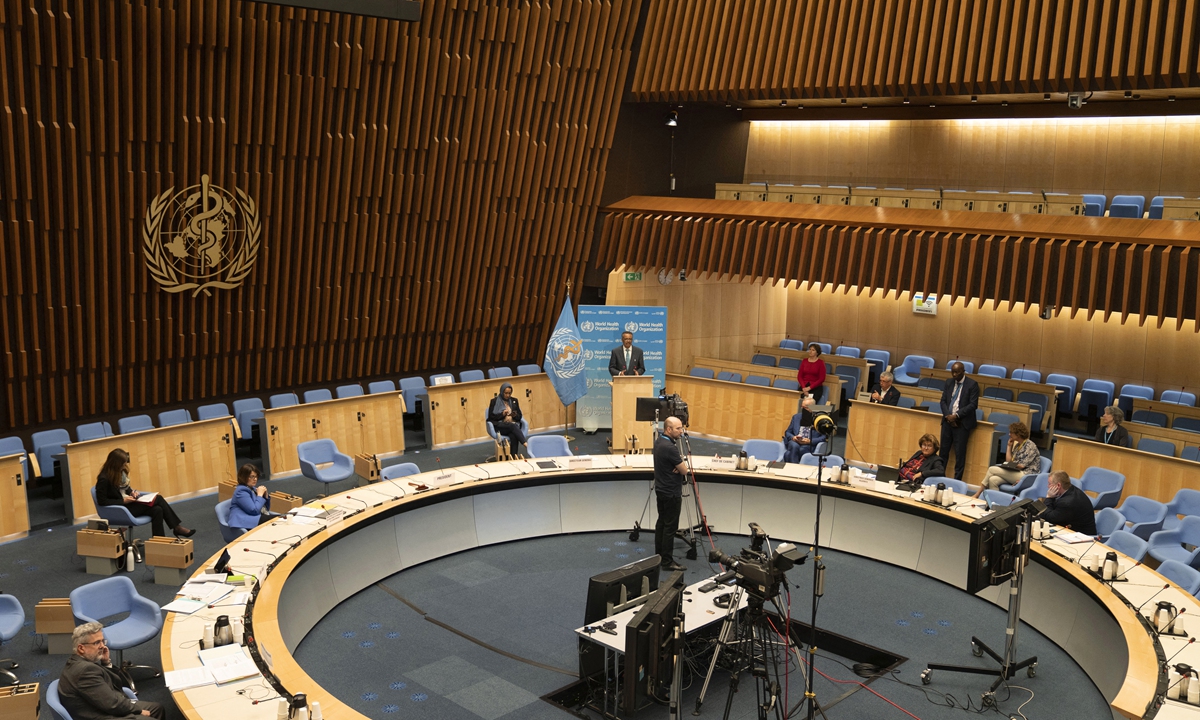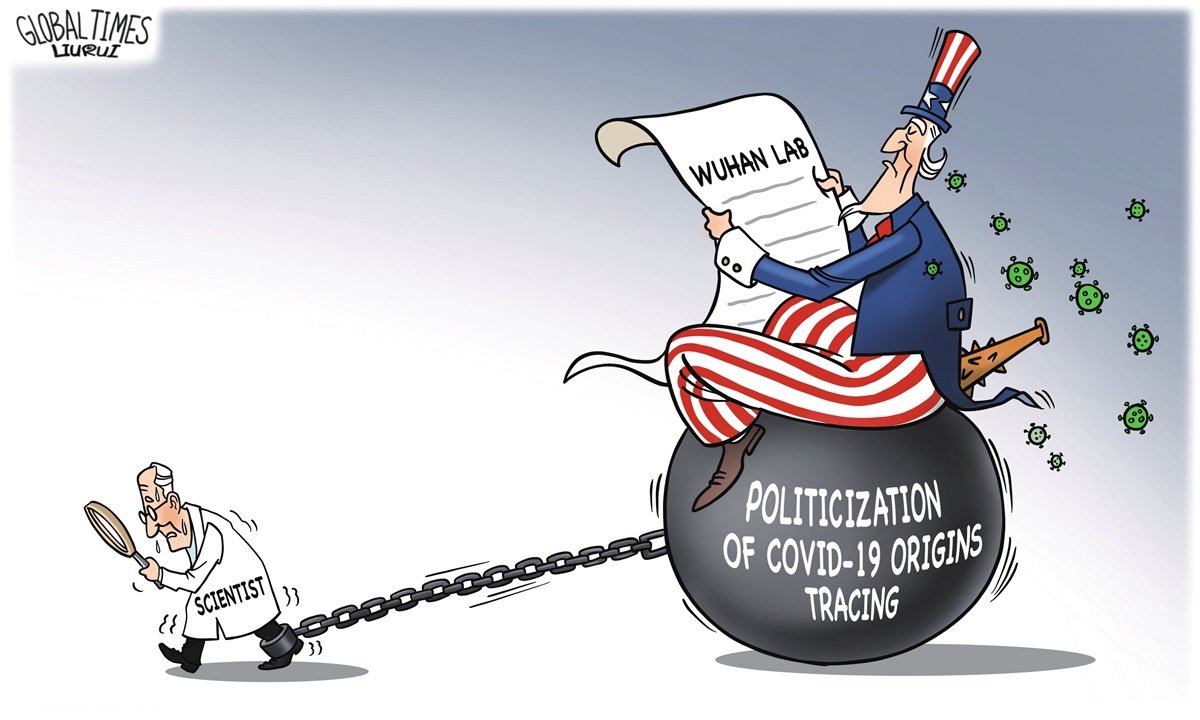In conjunction with World Obesity Day yesterday, we take a look at how the understanding of this condition of excess weight has evolved.
We need to avoid weight bias where we make the assumption that people are obese solely because of their own choices. — Photos: 123rf.com
For as long as she could remember, Jane had always been plus-sized.
As a child, her family doted upon her as she was never picky about food and would eat anything given to her.
In school, she was always physically bigger compared to the rest of her peers.
She was often teased by her friends for her body size, but she was constantly reassured by her family that she was just “big-boned”, just like the rest of her siblings and family members.
However, by the time she reached young adulthood, she started feeling more self-conscious about her body size and embarked upon multiple cycles of crash dieting and exercise regimes.
She successfully lost weight a few times; however, each time she lost weight, she would eventually lapse into bouts of uncontrollable binge-eating.
As a result, she constantly struggled to keep the weight off and would always gain back the weight she lost, if not more.
With time, she became resigned to the fact that she was probably fated to be fat for life.
This led to body image issues, self-blaming, and even clinical depression that negatively affected her life and relationships.
The scale of the problem
Jane is not exactly a real person, but her story is very real – a coalescence of the lives of many people struggling with weight issues everywhere. The global obesity epidemic, aptly coined “globesity”, is arguably one of the most important public health concerns of the late 20th and early 21st century. As of 2016, the World Health Organization (WHO) estimated that 650 million adults worldwide were obese. According to the World Obesity Atlas, these numbers are expected to increase, with the global obese population projected to breach the one billion mark by 2030. It is also no longer news to us that Malaysia is effectively the fattest country in the region. The 2019 National Health and Morbidity Survey (NHMS) reported that one in two Malaysian adults were either overweight (30.4%) or obese (19.7%), and one in three Malaysian children were overweight (15.0%) and obese (14.8%). On top of this, if we account for the rampant weight gain seen during the Covid-19 movement control order, the current true numbers of obese people in Malaysia is likely even higher. Traditionally, being overweight and obese has been viewed as a risk factor that increases an individual’s chances of developing metabolic diseases such as type 2 diabetes, hypertension (high blood pressure), cardiovascular (heart) disease, obstructive sleep apnoea, and musculoskeletal disorders such as osteoarthritis, among others. This fact still very much holds true today. However, in 2014, the American Medical Association declared obesity as a disease state in itself. This actually had very far-reaching implications. It effectively changed the way we view obesity – as more than just excessive fat deposition contributing to other diseases. Obesity itself is now seen as a disease state that requires formal medical attention, proper treatment plans and prevention efforts.The complexity of obesity
Experts worldwide have been calling for measures to be taken to curb this growing issue for decades, but the rates of obesity have continued to rise regardless. .The idea that obesity is a disease of the brain is gaining traction among scientists as the hypothalamus (in yellow) plays a key role in regulating our appetite and metabolism.>>
This is because obesity is a very complex issue with a lot of interconnected causes.
In the past, it was assumed that as our society became richer, we had to physically work less to get our food and this led to over-nourishment.
However, we now know that it is overly simplistic to think that obesity develops as a result of an individual just “eating too much”.
Instead, there are often multiple factors beyond our control that contribute to an individual developing obesity.
For example, people who come from disadvantaged socioeconomic backgrounds may not have the financial privilege of accessing healthy food options.
They may also not be educated enough to choose better quality food with their available resources.
Children born into these families with a history of obesity have higher chances of developing obesity later on in life.
This is partly contributed by genetic factors, as well as enduring lifestyle habits inculcated from a young age that may be difficult to change.
Obesity is also closely linked to the development of mood disorders such as depression and anxiety.
People suffering from depression also have a higher chance of developing eating disorders that subsequently lead to obesity.
A lot of these factors form vicious cycles that span generations.
On a population scale, we are living in an increasingly “obesogenic environment”.
This refers to the multiple physical, economic and sociocultural factors that collectively contribute to the development of an obese population.
For example, our built environment promotes a sedentary lifestyle.
Our roads are hardly pedestrian or bicycle-friendly.
Our public transportation system is not optimised, as the lack of last-mile connectivity remains a major hindrance for many.
As a result, most Malaysians are heavily dependent on motorised vehicles to get around, rather than walking or cycling.
Globalisation and industrialisation of the food supply chain have made ultra-processed foods more common now than ever.
Ultra-processed foods refer to those that have gone through a series of industrial processes, often with ingredients like high-fructose corn syrup, modified oils, food colouring and other additives to make the final product hyper-palatable.
These foods are commonly high in calories and easily over-consumed.
They are generally mass-produced and marketed by large companies, and are often much cheaper and more readily available compared to whole, nutritious food options.
As we start to understand more about obesity, it has become increasingly clear that it is, in essence, a disease of the brain.
The hypothalamus located in the brain plays a key role in regulating our appetite and metabolism.
The satiety centre in the hypothalamus is largely responsible for controlling our sensation of hunger.
When an individual develops obesity, the accumulation of excessive fat tissue actually leads to a host of hormonal changes within the body.
These hormonal changes not only suppress the satiety centre and increase hunger, but also slow down our metabolism rate.
Essentially, our body has a weight “setpoint”, and will try to revert to this setpoint despite our best efforts.
These underlying biological mechanisms are largely out of our voluntary control.
They also explain why people with obesity who embark on lifestyle changes to lose weight tend to hit a plateau after an initial weight loss.
In fact, after some time, they may regain some of the weight they lost initially.
.The idea that obesity is a disease of the brain is gaining traction among scientists as the hypothalamus (in yellow) plays a key role in regulating our appetite and metabolism.>>
This is because obesity is a very complex issue with a lot of interconnected causes.
In the past, it was assumed that as our society became richer, we had to physically work less to get our food and this led to over-nourishment.
However, we now know that it is overly simplistic to think that obesity develops as a result of an individual just “eating too much”.
Instead, there are often multiple factors beyond our control that contribute to an individual developing obesity.
For example, people who come from disadvantaged socioeconomic backgrounds may not have the financial privilege of accessing healthy food options.
They may also not be educated enough to choose better quality food with their available resources.
Children born into these families with a history of obesity have higher chances of developing obesity later on in life.
This is partly contributed by genetic factors, as well as enduring lifestyle habits inculcated from a young age that may be difficult to change.
Obesity is also closely linked to the development of mood disorders such as depression and anxiety.
People suffering from depression also have a higher chance of developing eating disorders that subsequently lead to obesity.
A lot of these factors form vicious cycles that span generations.
On a population scale, we are living in an increasingly “obesogenic environment”.
This refers to the multiple physical, economic and sociocultural factors that collectively contribute to the development of an obese population.
For example, our built environment promotes a sedentary lifestyle.
Our roads are hardly pedestrian or bicycle-friendly.
Our public transportation system is not optimised, as the lack of last-mile connectivity remains a major hindrance for many.
As a result, most Malaysians are heavily dependent on motorised vehicles to get around, rather than walking or cycling.
Globalisation and industrialisation of the food supply chain have made ultra-processed foods more common now than ever.
Ultra-processed foods refer to those that have gone through a series of industrial processes, often with ingredients like high-fructose corn syrup, modified oils, food colouring and other additives to make the final product hyper-palatable.
These foods are commonly high in calories and easily over-consumed.
They are generally mass-produced and marketed by large companies, and are often much cheaper and more readily available compared to whole, nutritious food options.
As we start to understand more about obesity, it has become increasingly clear that it is, in essence, a disease of the brain.
The hypothalamus located in the brain plays a key role in regulating our appetite and metabolism.
The satiety centre in the hypothalamus is largely responsible for controlling our sensation of hunger.
When an individual develops obesity, the accumulation of excessive fat tissue actually leads to a host of hormonal changes within the body.
These hormonal changes not only suppress the satiety centre and increase hunger, but also slow down our metabolism rate.
Essentially, our body has a weight “setpoint”, and will try to revert to this setpoint despite our best efforts.
These underlying biological mechanisms are largely out of our voluntary control.
They also explain why people with obesity who embark on lifestyle changes to lose weight tend to hit a plateau after an initial weight loss.
In fact, after some time, they may regain some of the weight they lost initially.
Weight bias

Striking a balance
Conversely, this by no means indicates that we should normalise obesity or dismiss the deleterious health effects associated with it. Instead, an individual’s body fat excess needs to be objectively taken into context as one part of their overall health. The body positivity movement promotes acceptance of all body types, shapes and sizes, and not assigning self-worth solely to outward appearances. This need not be mutually exclusive with taking obesity seriously as a public health emergency requiring urgent attention. Over the last few decades, there have been major advances in the medical treatment of obesity. Bariatric surgery has long been proven to be very effective, but it comes with its own set of complications. New medications have been developed to specifically target the hormonal changes in obesity and induce very effective weight loss. However, these medications are still very expensive and may not be widely available. It also does not take away the fact that prevention is still better than cure. Once established, obesity is very difficult and arduous to treat due to the reasons explained above. Preventing obesity requires a concerted effort. Government policies need to be drafted holistically, keeping in mind that economic and structural development often have indirect population-wide health consequences in the long run. The food industry needs to be regulated for responsible manufacturing and marketing practices. Society as a whole also has a collective responsibility to recognize that obesity is a disease and consciously adopt a healthy culture to address and prevent it. The theme for World Obesity Day 2023 is “Changing Perspectives: Let’s Talk about Obesity”. It is apt that we keep the conversation going, correct misconceptions, end stigma, and collectively shift towards a rational and sustainable strategy to tackle this perennial issue.Dr Lim Quan Hziung is a lecturer and internal medicine physician training to become an endocrinologist at University Malaya. For more information, email starhealth@thestar.com.my. The information provided is for educational and communication purposes only, and should not be considered as medical advice. The Star does not give any warranty on accuracy, completeness, functionality, usefulness or other assurances as to the content appearing in this article. The Star disclaims all responsibility for any losses, damage to property or personal injury suffered directly or indirectly from reliance on such information.
Related posts:
Here's a diet to help you live a long life
Not the best for weight
Although BMI is widely used as a measure of weight, it is not very accurate and can lead to the mistreatment of obesity and eating disorders.



























